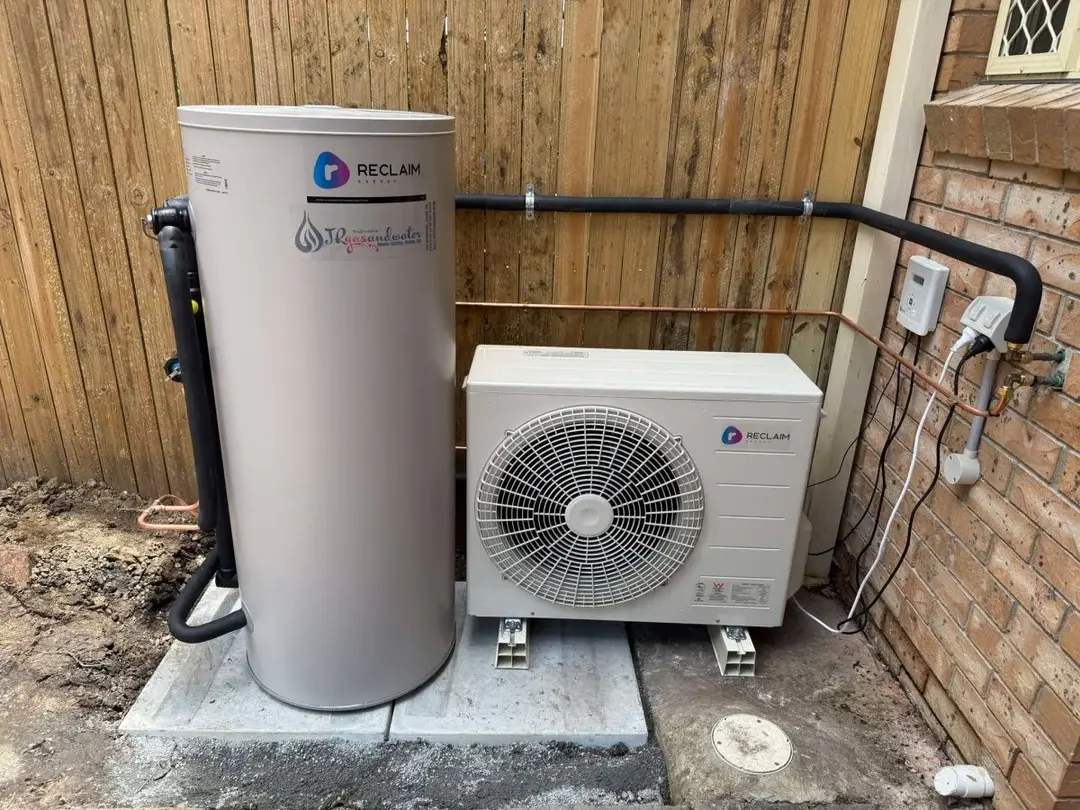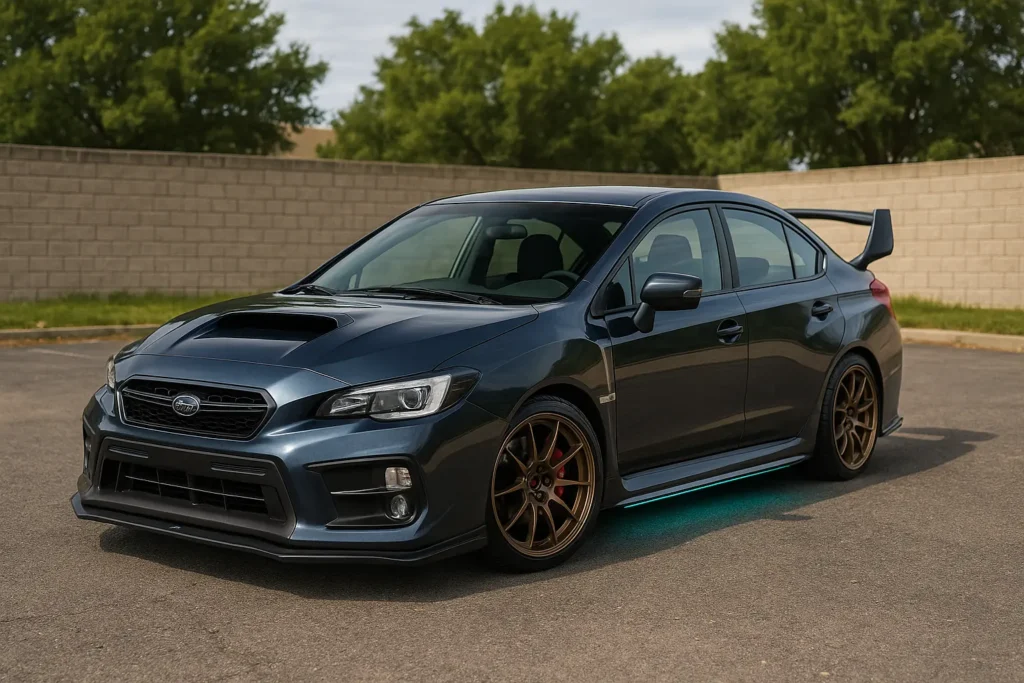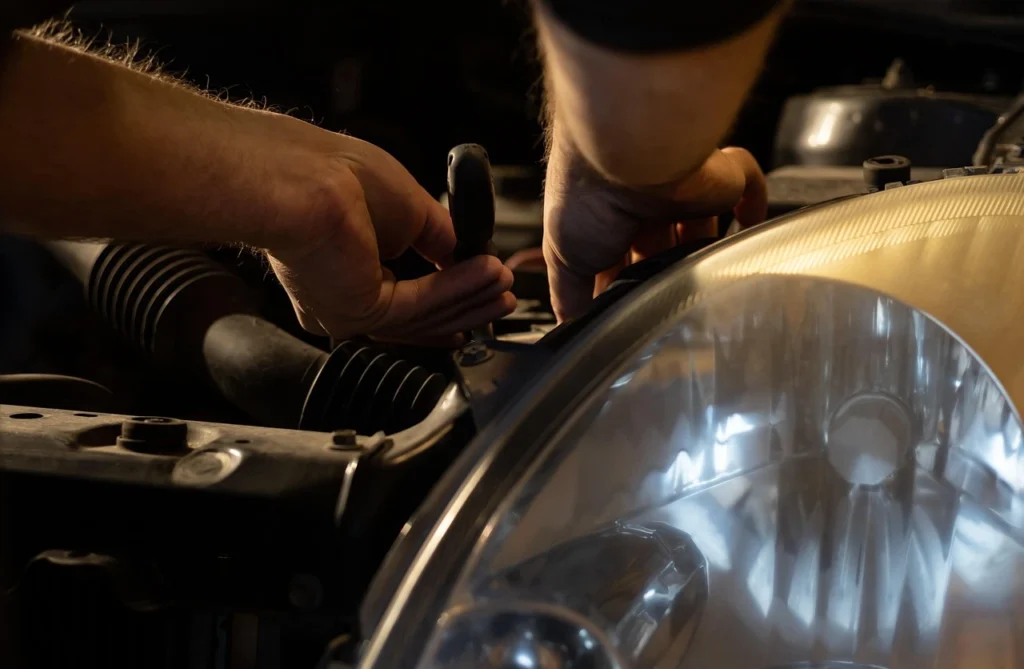Now Reading: Top heat pump hot water reviews in Australia
-
01
Top heat pump hot water reviews in Australia
Top heat pump hot water reviews in Australia

Upgrading to an energy-efficient hot water system is a smart move that can lower your electricity bills and reduce your environmental impact, goals that more and more Aussies are embracing. Both of these problems can be solved by switching to a hot water system that uses less energy. Over the past few years, the heat pump hot water system has been one of the most popular upgrades. It heats your water using air from the environment. But with so many models to choose from, it can be hard to know which ones are worth the money. In this article, we take a closer look at heat pump hot water reviews, how they operate, and which models are earning top marks from Aussie households.
What is a heat pump hot water system?
A heat pump hot water system functions similarly to an air conditioner but works in reverse. Instead of making heat directly, it takes heat from the air around it and utilises it to warm water in a tank. This approach consumes far less electricity than standard gas or electric systems, making it a more eco-friendly and budget-conscious option for heating water over the long term
Why Australians are switching to heat pump hot water
More and more Australians are opting for heat pump systems because they offer:
- Lower energy bills: These systemsup to 65% less energy than traditionalelectrical systems..
- Many state and federal incentives are available, including Victoria’s VEU and the NSW Energy Savings Scheme.
- Great for solar pairing: Heat pump systems work effectively with solar panels on roofs to save even more money.
- Better for the environment: It lowers the amount of greenhouse gases that are released.
Key factors Aussies should consider before buying
Before purchasing a heat pump hot water system, think about these things:
- Climate suitability: Most modern models are made to work in Australia, although regions that are colder, such as Canberra or the Blue Mountains, may need models with backup heating or frost protection.
- Noise level: Some heat pumps, especially cheap ones, can make a lot of noise. Think about how loud it is and where you are right now.
- Tank size: A tank that holds 250 to 315 litres is perfect for a family of four. People who live in smaller homes might choose systems that hold between 160 and 200 litres.
- Installation cost: The cost of installation is between $2,500 and $4,500, but you might be able to get some help.
- Warranty and service support: Choose brands that offer great local support and long warranties (at least five years for the tank and compressor).
Best-performing heat pump hot water units for Aussie homes
Based on evaluations from customers and installers, as well as how well they work in Australia, here is a list of the best brands and models.
1. Stiebel Eltron WWK 302 H
Best for: Energy-efficient households located in moderate to cool climatic zones.
Why does it stand out
- Developed with German precision and backed by wide Australian distribution.
- Meaningful Noise levels (around 49dB).
- Works fine down to -5 °C.
- High recovery rate (ideal for larger households).
- Great service and warranty (5 years).
2. Reclaim Energy CO2 Heat Pump
Best for: Homes with solar panels that want to save as much electricity as possible.
Why Aussies love it
- Carbon dioxide (CO₂) is a low-impact refrigerant that contributes little to environmental degradation compared to synthetic alternatives.
- Ideal for pairing with solar panels.
- Designed to withstand Australia’s weather conditions.
- Quiet operation (around 37 dB).
- A 10-year warranty on the tank and great long-term performance.
3. Sanden Eco® Plus
Best for: High-end homes that care about the environment.
Key features
- Japan has superior technology.
- Even when it’s chilly, CO₂ refrigerant works well.
- You’ll get 6 years of warranty on the heat pump and a solid 10 years on the tank itself.
- It’s really quiet, only about 37 dB.
- High initial cost, yet minimal ongoing costs and great durability.
4. Chromagen Midea
Best for: Budget-conscious buyers
Highlights
- Prices that are fair and good for getting rebates
- Made in China, although help in the field is getting better.
- The design is simple, and putting it together isn’t hard.
- Not as efficient as high-end ones, but a touch louder (around 60 dB).
- Warranty for five years.
5. iStore 180L / 270L
Best for: Mid-sized households looking to cut bills.
Aussie user feedback
- Works good and is priced well.
- The smart digital controller keeps track of how much energy is being used.
- Work effectively in most Aussie climates, from coast to country.
- Common for retrofits that use electric storage tanks.
- Comes with five years of protection and convenient local support when you need it.
Real Aussie user feedback (what reviews say)
People who own homes in Australia have said the following in online evaluations and forums:
- “We swapped out our old electric system for the Reclaim and have seen a 60% drop in energy bills. Pairs beautifully with our solar.” — Sydney homeowner
- “The Chromagen Midea did the job, but it’s a bit noisy near the bedroom wall. Next time, I’d pay more for a quieter unit.” — Melbourne installer
- “We’ve had the Sanden for over 5 years now—runs flawlessly, even through Canberra winters.” — ACT resident
Heat pump hot water systems: What’s good and what’s not
Pros
- Significant energy savings.
- Can get money back.
- Operations that are good for the environment
- Take good care of it, and you’ll get dependable use for many years.
- Great for working with solar PV.
Cons
- Costs more to buy than gas or electricity.
- Some models make a lot of noise.
- Slower water heating compared to gas units.
- The weather can change how well something works.
Are heat pumps worth it in Australia?
Yes, especially in states with warm weather and tax breaks from the government. Throughout 5 to 10 years, the energy savings usually make up for the greater initial cost. In cities such as Brisbane, Perth, Adelaide, and coastal NSW, they work well. And in the cooler locations, such as Victoria or the ACT, new generation heat pumps with CO₂ refrigerants still operate with great efficiency throughout the whole year.
Tips before you buy
- Claim your rebate: Check your state’s energy efficiency scheme, and don’t miss out by purchasing too soon.
- Ask about noise rating: Especially important if the system is installed where it’s near bedrooms or a living area.
- Consider total value: Take into account the warranty, availability of parts, and the reputation of the installer.
- Compare brands with Aussie support: Brands with local teams or support, or Australian distributors, offer better peace of mind long term.
Concusion
If you’re looking to reduce power bills and contribute to environmental sustainability, switching to a heat pump hot water system is an excellent choice for Aussie homes. Not all systems are the same, but heat pump hot water reviews consistently highlight well-reviewed manufacturers like Reclaim, Sanden, and Stiebel Eltron for their great performance, long-lasting dependability, and big savings on energy. It’s a great time for Australian households to switch because the government is giving them money and power rates are going up.



























